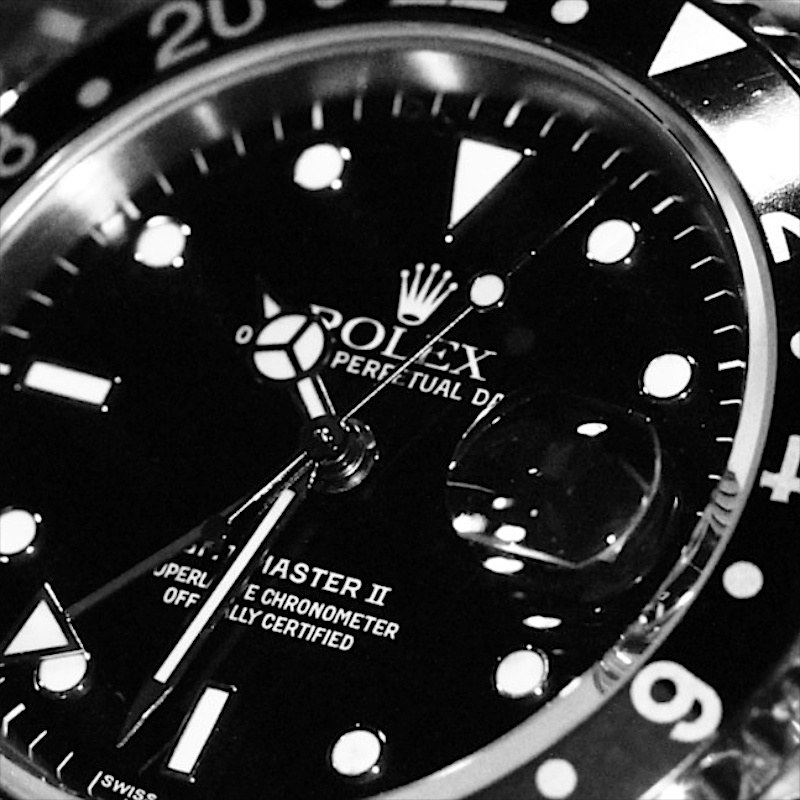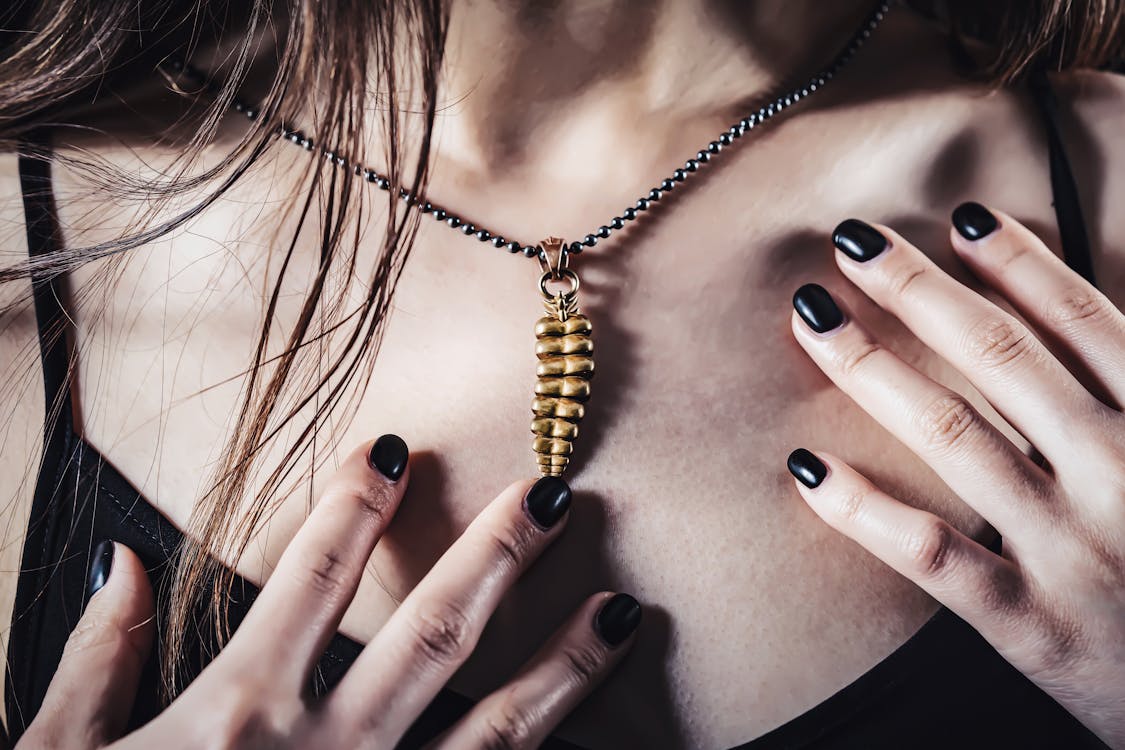Table of Contents
Introduction: Understanding Diamonds
Diamonds are many times seen as a definitive image of affection, extravagance, and changelessness. Yet, with regards to picking the ideal precious stone, whether for a wedding band or an assertion piece, the choice frequently reduces to a basic question: Lab-grown diamonds or normal diamonds? This question has acquired significant consideration lately, and understanding the differences can assist you with pursuing a very much educated choice. In this article, we’ll investigate all that you want to be aware of lab-grown diamonds versus normal diamonds.
What Makes a Jewel a Precious stone?
Prior to jumping into the examination, it’s vital to understand what a precious stone genuinely is. A precious stone is a gem produced using carbon molecules organized with a certain goal in mind, shaping a construction called a grid. This construction gives diamonds their famous hardness and splendor. Normal diamonds structure north of millions of years under extreme intensity and strain profound inside the World’s mantle. Then again, lab-grown diamonds are made under controlled conditions that impersonate these normal cycles.
The Ascent of Lab-Grown Diamonds
Lab-grown diamonds, otherwise called engineered or refined diamonds, have been around for some time yet are acquiring notoriety as innovation has progressed. These diamonds are practically unclear from regular diamonds to the unaided eye, and they offer a more reasonable, moral other option. Creating diamonds in a lab might appear as though something out of sci-fi, yet today’s a lot of a reality unterschied laborgezüchtete diamanten echte diamanten.
Lab-Grown Diamonds: What Are They?
Lab-grown diamonds are precisely exact thing they sound like: diamonds made in laboratories. In any case, the most common way of making them is where things get fascinating. Dissimilar to regular diamonds, which require a long period of time to frame, lab-grown diamonds can be delivered very quickly or months.
How Are Lab-Grown Diamonds Made?
Lab-grown diamonds are made utilizing two essential techniques: High Strain High Temperature (HPHT) and Substance Fume Statement (CVD). The two strategies make conditions like the regular cycles that structure diamonds somewhere down in the Earth, however they do as such in a lot more limited time period.
Kinds of Lab-Grown Diamonds
There are two principal kinds of lab-grown diamonds:
HPHT (High Strain High Temperature)
HPHT diamonds are made by emulating the extraordinary tension and temperature conditions tracked down profound inside the Earth. Carbon is exposed to high tension and intensity, making it take shape into a precious stone.
CVD (Synthetic Fume Testimony)
In the CVD technique, a little precious stone seed is set in a chamber loaded up with carbon-rich gases. These gases separate, and the carbon particles continuously structure a precious stone around the seed.
Real Diamonds: Regular Starting points
Regular diamonds, frequently alluded to as “real” diamonds, are framed north of millions of years under outrageous states of intensity and strain profound inside the World’s mantle. These diamonds are mined from the Earth, and the course of extraction can be both exorbitant and unsafe to the climate.
How Are Real Diamonds Shaped?
Regular diamonds are framed over a drawn out period, normally between 1 and 3 billion years, somewhere down in the World’s mantle, where intensity and tension are unimaginably serious. Carbon particles bond together in a precious stone design, making the unadulterated and faultless jewel we know.
The Excursion of Regular Diamonds
When framed, normal diamonds are pushed to the World’s surface through volcanic ejections or are conveyed by regular cycles like disintegration. They are then extricated from the Earth through mining, which should be possible through open-pit mining, underground mining, or even by digging the sea depths.
Key Differences Between Lab-Grown and Real Diamonds
Now that we know a smidgen about how lab-grown and normal diamonds are made, we should investigate the vital differences between the two.
Appearance and Quality#
From the outset, lab-grown diamonds and regular diamonds are almost indistinguishable. Both show a similar brightness, shimmer, and sparkle. The difference frequently lies in the inner construction of the precious stone. Lab-grown diamonds might have slight minor components or considerations that are frequently undetectable to the unaided eye yet can be recognized under a magnifying instrument.
The “Precious stone Test”
One normal confusion is that it’s not difficult to recognize a lab-grown precious stone from a real jewel, yet that is not the situation. Indeed, even experienced gem dealers frequently depend on specific gear to distinguish them. While the “jewel test” can gauge the conductivity of a stone, it doesn’t separate between regular and lab-grown diamonds.
Compound Structure
As far as substance organization, lab-grown diamonds and regular diamonds are practically indistinguishable. Both are made of carbon molecules organized in a gem cross section. In any case, lab-grown diamonds might contain slight debasements or varieties in their gem structure because of the controlled climate where they are created.
Sturdiness
Both lab-grown and regular diamonds are similarly strong. As a matter of fact, they are the hardest known materials on The planet, with a 10 on the Mohs hardness scale. Whether you have a lab-grown precious stone or a characteristic one, it will oppose scratching and harm over the long run.
Ecological Effect: Which is Better for the Planet?
As of late, the ecological effect of precious stone mining has gone under examination. Digging for regular diamonds can cause huge environmental harm, obliterate biological systems, and add to fossil fuel byproducts. Then again, lab-grown diamonds are in many cases hailed as a more eco-accommodating choice.
Natural Worries with Mining Real Diamonds
Mining diamonds includes huge scope exhuming, which can disturb regular territories, dirty water sources, and add to deforestation. Moreover, the carbon impression of customary precious stone mining is extensive because of the energy expected to mine and ship the diamonds fertig zum kaufen diamantringe.
Maintainability of Lab-Grown Diamonds
Lab-grown diamonds are viewed as a more maintainable decision since they don’t include mining. They can be created in a controlled, energy-proficient climate, and many organizations are attempting to decrease the fossil fuel byproducts related with the development of lab-grown diamonds.
Cost: Lab-Grown versus Regular Diamonds
One of the greatest draws of lab-grown diamonds is their cost. Normal diamonds, because of the unique case and intricacy of their development and extraction, will generally be fundamentally more costly.
Evaluating Elements
The expense of a jewel relies upon different elements, including size, cut, lucidity, and variety. Normal diamonds will generally be valued higher because of their unique case and the labor-concentrated course of extraction. Lab-grown diamonds, then again, are more reasonable in light of the fact that they are delivered in a lab and can be made in a more limited time period.
Are Lab-Grown Diamonds Really Less expensive?
Indeed, lab-grown diamonds are for the most part 30-40% less expensive than their normal partners of comparable size and quality. Notwithstanding, costs can in any case fluctuate in view of the technique for creation and the particular attributes of the jewel.
Seen Worth and Social Importance
Diamonds have for quite some time been related with custom, extravagance, and status. Regular diamonds, specifically, hold social importance and are many times considered uncommon and significant. In any case, how do lab-grown diamonds fit into this social story?
The Custom and Imagery of Real Diamonds
For some individuals, a characteristic precious stone addresses a getting through image of affection, responsibility, and extraordinariness. The practice of giving a precious stone wedding band has been imbued in culture for ages, and some might feel that main a characteristic jewel turns out as expected nostalgic worth.
How Lab-Grown Diamonds Are Changing the Discernment
Lab-grown diamonds are gradually acquiring acknowledgment, especially among more youthful ages who esteem maintainability, morals, and reasonableness. While some actually view them as “counterfeit” diamonds, others value the way that they offer a contention free, harmless to the ecosystem elective.
Conclusion: Which Jewel is Ideal for You?
The discussion between lab-grown and normal diamonds eventually boils down to individual inclination. The two sorts of diamonds offer mind boggling excellence, strength, and shimmer. In the event that you’re worried about the climate, spending plan, or moral contemplations, a lab-grown jewel may be the ideal decision. In any case, in the event that you esteem extraordinariness, custom, and normal history, a real jewel may be more significant to you. The significant thing is to pick the jewel that lines up with your qualities and inclinations. All things considered, the feeling behind the jewel genuinely matters.




